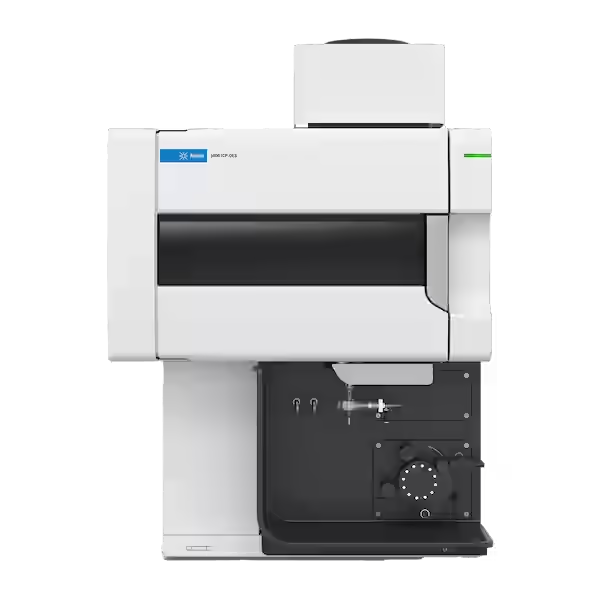Analytical Techniques
Molecular Insights
Mass Spectrometry
Mass spectrometry (MS) is an analytical technique used to identify and quantify chemical compounds based on their mass-to-charge ratios. Combining exceptional sensitivity with versatility, MS is vital for applications ranging from environmental analysis to pharmaceutical research. Techniques like ICP-MS excel at detecting trace elements and isotopes with unmatched precision, while liquid and gas chromatography coupled with MS enable detailed analysis of complex mixtures in both liquid and gaseous forms.
MALDI mass spectrometry extends MS capabilities by facilitating the analysis of large biomolecules, such as proteins and peptides, with minimal fragmentation. Together, these methods provide a comprehensive toolkit for researchers, allowing for precise, adaptable solutions to diverse analytical challenges. By leveraging these techniques, Artemis Labs can uncover critical insights into chemical compositions, enabling advancements in health, materials science, and environmental studies.

Extensive Options
Spectroscopy

Spectroscopy encompasses a range of analytical techniques used to study the interaction of light with matter, providing detailed insights into chemical compositions and molecular structures. Techniques like ICP-OES allow for the detection of trace elements in various samples through light emission, offering precise elemental analysis. UV/Vis spectroscopy analyses the absorption of light in the UV and visible range, commonly used for determining the concentration of compounds in solution. These methods are widely applicable across industries, from environmental testing to pharmaceutical analysis.
Other spectroscopy methods, such as NMR and FTIR spectroscopy, provide critical information about molecular structures and functional groups. NMR measures the magnetic properties of atomic nuclei, helping to identify and characterize organic compounds. FTIR, on the other hand, identifies chemical bonds by analysing infrared absorption patterns. Techniques like XRF and EPR further expand the possibilities, with XRF focusing on elemental composition through X-ray interactions and EPR detecting unpaired electrons in materials, making spectroscopy a versatile tool for a wide array of applications.
Selective Separation
Chromatography
Chromatography is a widely used analytical technique for separating mixtures into their individual components, based on their interactions with a stationary phase and a mobile phase. Gas chromatography is ideal for analysing volatile compounds, separating gases and liquids with high efficiency and precision. It is commonly used in environmental testing, forensics, and chemical analysis. Liquid chromatography is versatile for both polar and non-polar compounds, frequently applied in pharmaceuticals, food testing, and chemical research to identify and quantify complex mixtures in liquid form.
Ion chromatography specialises in separating ionic compounds, offering valuable insights in environmental analysis, water quality testing, and clinical diagnostics. Chromatography techniques provide accurate and reproducible results, with various detectors such as mass spectrometry or UV-Vis enhancing their capabilities. Whether it’s for routine analysis or complex research, chromatography plays a critical role in a diverse range of fields.

Advanced Characterisation
Surface Analysis

Surface analysis techniques are essential for studying the composition, structure, and properties of materials at the microscopic and atomic levels. SEM is widely used to visualize surface topography with high-resolution imaging, providing detailed insights into the morphology of materials. XPS analyses the surface chemistry by detecting emitted photoelectrons, revealing information about elemental composition and chemical bonding on the surface. These methods are invaluable in materials science, electronics, and corrosion studies, helping to understand surface interactions and characteristics.
For deeper structural analysis, TEM allows for imaging at the atomic level, revealing both surface and internal features of samples. EDS is often coupled with SEM and TEM, offering elemental analysis by detecting characteristic X-rays emitted from the sample. MS imaging extends surface analysis further by mapping the spatial distribution of chemical compounds directly on the surface, providing detailed molecular-level information. Together, these techniques form a powerful toolkit for comprehensive surface characterization across diverse industries.
Behaviour Profiling
Thermal Analysis
Surface analysis techniques like TGA, DSC, and TMA provide critical insights into the thermal and mechanical properties of materials. TGA measures changes in mass as a function of temperature, revealing information about composition, stability, and decomposition temperatures. DSC, on the other hand, measures heat flow associated with phase transitions, such as melting or crystallisation, making it ideal for studying material behavior under varying thermal conditions. These techniques are widely used in material science, polymers, and pharmaceuticals to assess the performance of materials at different temperatures.
TMA analyses dimensional changes in materials subjected to temperature variations and mechanical stress, providing valuable data on thermal expansion and softening points. Together, TGA, DSC, and TMA offer a comprehensive toolkit for evaluating material properties, helping to predict performance in real-world applications. Whether used individually or in combination, these methods are essential for understanding how materials react to environmental changes, ensuring product quality and reliability across various industries.

Performance Verification
Physical Properties

Analytical techniques such as pH, DO, and TOC provide critical information about the chemical and biological characteristics of samples. pH analysis determines the acidity or alkalinity of materials which is key in environmental and water quality monitoring. DO is crucial in biological studies, as it assesses oxygen levels in aquatic environments, and TOC quantifies organic carbon, providing insights into contamination levels or material purity.
Advanced analytical techniques like XRD, BET, and SQUID are used to analyse the crystalline structure of materials, with BET measuring surface area and porosity, and SQUID for magnetic property analysis, valuable in materials science and geophysics. Zeta Sizer, Polarimetry, and Rheometry on the other hand, offer deeper insights into material properties. The Zeta Sizer measures particle size and surface charge, while Polarimetry and Rheometry analyse the angle of rotation and deformation properties respectively. Together, these techniques provide a comprehensive understanding of material properties, enhancing applications in environmental science, material development, and industrial processes.
Contact Us
Send us a message
We’ll help you find the correct technique or service for your sample type, offering solutions specific to your project.
Method and results support
We offer method validation as required, including report writing and data interpretation once the analysis is completed.